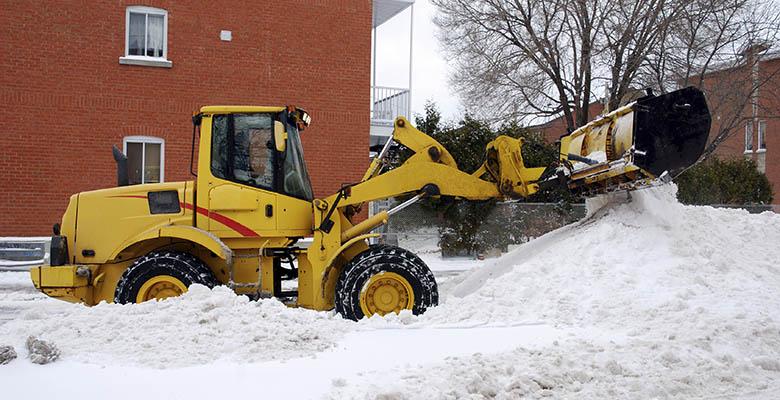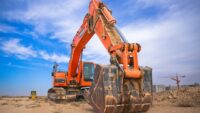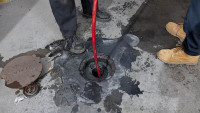Lifting along with heavy equipment moving is one of the primary tasks of crane riggers. Depending on the nature and the type of the project, various materials have to be raised and lifted up from the ground. For this reasons, cranes are used. Since most companies cannot afford to keep and maintain its own cranes, they usually outsource such tasks to rigging companies. Rigging companies have a range of different cranes that the construction companies can choose from. At the same time, they also provide a trained professional who will do all the rigging work (crane operation).
Now, the type of materials that have to be lifted greatly impact the type of crane that you need. With that, there is a wide range of other factors that also affect it. So, construction managers need to know the basics of crane rigging so that they can make the right decisions for their company and project.
In case they end up choosing the wrong crane, they may end up causing costly and serious damages or accidents. At most times, these accidents can prove to be quite fatal.
All you should know about crane rigging
In case you are a construction manager who is just starting out, this article is going to make your life easier. In this article, we put together all the basic information that construction managers need to know before starting out.
The prime purpose of rigging
Rigging and lifting is usually performed with mobile and portable cranes. Depending on the type of situation, these cranes can either be an all-purpose crane or one that is designed for a specific task.
There are a number of other cranes that are semi-permanent. These cranes have to be installed in one specific area before they can be operated. For instance, a spyder crane is usually installed in areas where there is a need for high-rise operation.
The main function and purpose of rigging or lifting is to transport materials and equipment from one place to the other on a construction site. They are also used in industries such as those dealing with transportation (for example, the lifting and moving of heavy containers at the docks).
Crane safety tips
When it comes to cranes and rigging, there is a growing safety concern, especially due to the fact that many companies do not take safety very seriously.
In order to ensure the maintenance of a safe environment, some proper safety procedures need to be set in place. Firstly, all employees and workers present on a construction site need to wear the proper PPE (Personal protective equipment). With that, the person who is operating the crane should be well-versed at it. In case you take a rookie in, you will be putting everything at great risk.
It is true to say that the biggest threat of damages on a construction site comes from poor crane operation. With that, other things include determining the right method of rigging. The method of rigging depends totally on the type of materials being used and the nature of the work.
An unsuitable rigging procedure has a lot of risk for the people who are involved in the work. So, we suggest you to take guidance from an experienced contractor first.
Conclusion
Before starting a construction project, choose the well-reputed rigging services MD for the job only. In case you end up choosing the wrong ones, you may be at great risk. Crane rigging is the kind of job that requires intense concentration and the right expertise. Otherwise, it can lead to unrecoverable damages such as a loss of lives on the site.





